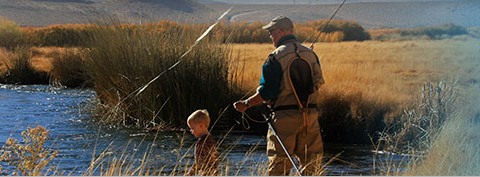Fractures of the Proximal Tibia
The proximal (upper) tibia makes up the lower surface of the knee joint and is covered with cartilage and two fibrocartilage menisci. Most of the important ligaments in the knee also connect to the proximal tibia.
A proximal tibia fracture is a break in the upper part of the shin bone or tibia. Proximal tibia fractures may or may not involve the knee joint. Fractures that enter the knee joint are called tibial plateau fractures. These may cause joint imperfections, irregular joint surfaces, and improper alignment in the legs. This can lead to joint instability, arthritis, and loss of motion. These fractures are caused by moderately high energy trauma like skiing or motor vehicle accidents. In severe cases proximal tibia fractures can result in injury to the surrounding soft tissues including skin, muscle, nerves, blood vessels, and ligaments.
The symptoms of tibia fracture include painful weight bearing movements, tenseness around the knee, limitation of movement and deformity around the knee. In some individuals, impairment of blood supply secondary to the fracture may result in a pale or cool foot. Patients may also experience numbness or feelings of ‘pins and needles’ in the foot as a result of associated nerve injury.
The diagnosis of tibial fracture is based on the medical history including history of any previous injuries, complete physical examination and imaging studies. The physician will evaluate the soft tissue around the joint to identify any signs of nerve or blood vessel injury. Multiple X-rays and other imaging studies such as CT and MRI scans may be used to identify the location and severity of the fracture.
The management of the fracture is based on the severity of the fracture, medical condition of the patient and the patient’s lifestyle.
Non-surgical treatment comprises of immobilizing the fractured site with the help of casts or braces to prevent weight bearing and to help the healing process. X-rays are taken at regular intervals to assess the healing process. Weight bearing and movement are initiated gradually, depending on the nature of the injury and the condition of the patient.
Surgical treatment is considered if the fracture or knee joint are not in acceptable alignment. External or internal fixation may be used to align the fractured bone segments. If the fracture does not involve the knee joint, rods and plates can be used to stabilize the fracture. For a fracture involving the knee joint, a bone graft may also be required to prevent the knee joint from collapsing. An external fixator is used when the surrounding soft tissue is severely damaged, when the use of internal fixation may be harmful.
Tibia plateau fractures may cause long term problems such as loss of knee motion, instability or arthritis. A rehabilitation program is initiated soon after the injury to begin regaining range of motion and strength.





















